How to cut the cost of your loft extension
How to cut the cost of your loft extension
Create your dream space without breaking the bank. How to find savings.
Converting an attic space can set you back between £15,000 to £65,000-plus. It’s not cheap, but the costs don’t have to be sky high. No matter your budget, there are ways to minimise expenses. Whether you need a spacious home office, playroom or luxury master bedroom suite, careful planning and design can save you a small fortune. But do remember there is only so much you can do before impacting on Building Regulations.
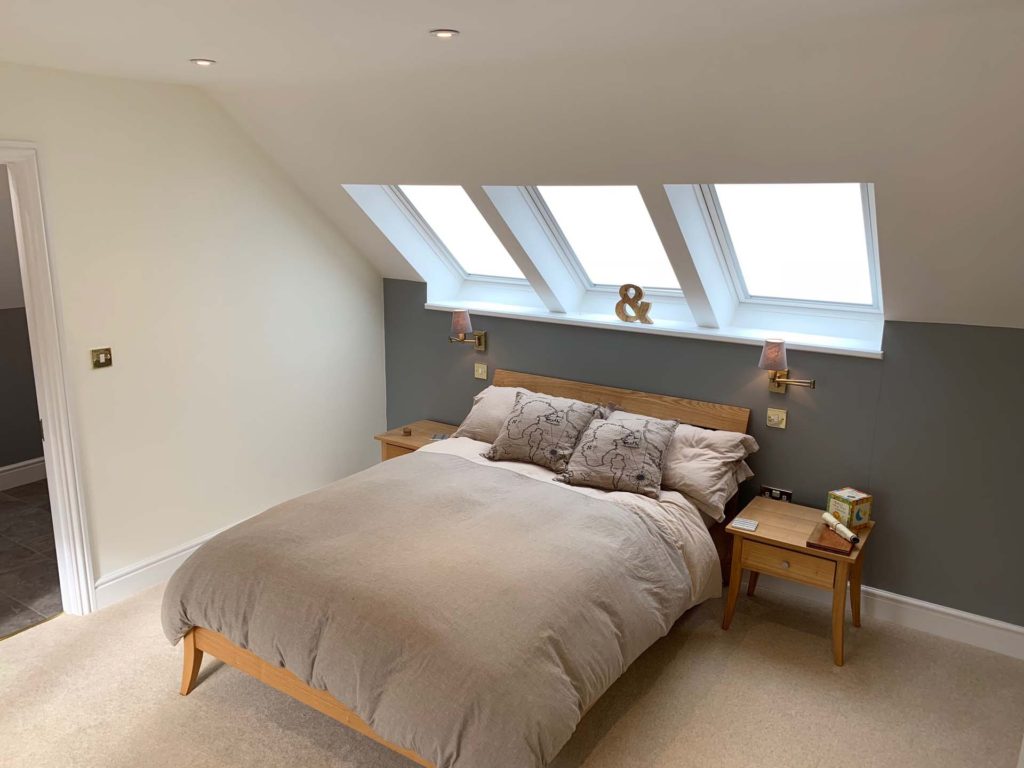
Image supplied by Mainpride Loft Conversions
How much space do you need?
Perhaps the design decision that comes with the most cost implications is whether you opt for a basic rooflight conversion, add a dormer or raise the roofline. Ask yourself how you want to use your loft conversion. Could simply making your existing loft habitable by adding roof windows (or skylights) to let in natural light provide the space you require? Of course, you will also need to add a staircase, strengthen the floor joints, plasterboard the walls and ceiling, add insulation, electrics, heating and fire safety measures. If you’re on a tight budget, this could be the best option.
Rooflight or dormer?
If you need a little more head height you could add a dormer window. This is a box-like structure which sits vertically on a sloping roof. The dormer has its own roof which may pointed, hipped, curved or flat. Dormers add architectural interest and detail, but require additional building materials and labour, increasing construction costs. Plus, a front dormer will need planning permission whereas a rooflight attic conversion can be built under permitted development rights.
A single dormer window will cost less than a full dormer, such as a flat oof dormer, that runs the length of a house. Hip to gable conversions - replacing sloping sections with vertical walls – are perfect for creating lots of extra floor space but more expensive again. By not having a dormer window or changing the roofline, you’ll keep costs down.
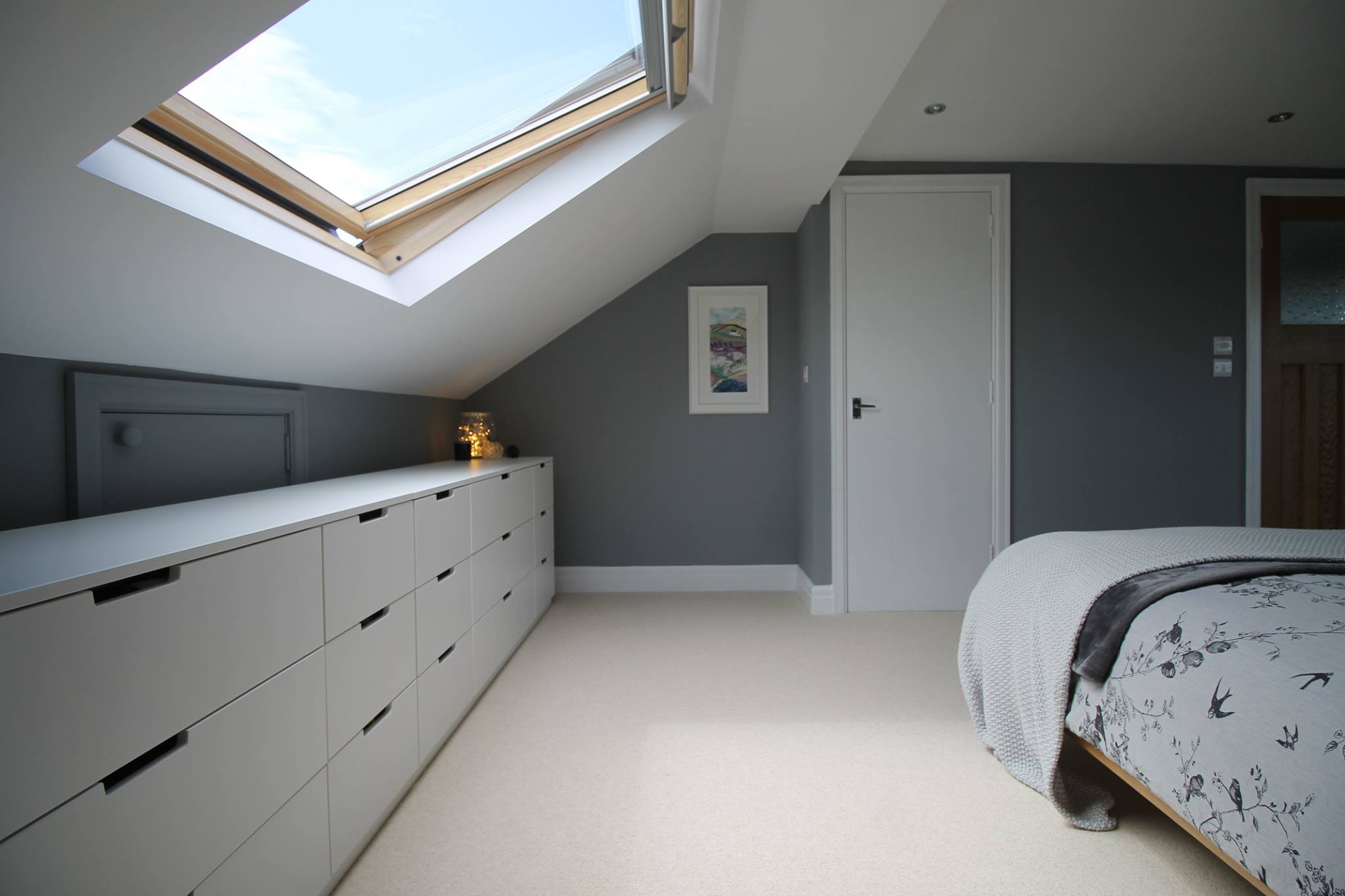 Image supplied by Starlight Loft Conversions
Image supplied by Starlight Loft Conversions
Consider the position of plumbing
Will you need an en suite bathroom in your loft space – and where will it be located? Remember plumbing and sanitaryware will bump up the cost. That said, many designers would recommend including a small bathroom in your loft conversion (budget permitting), especially if you plan to use it as a bedroom. There are still ways to keep costs down. If you can locate your en suite right above the pipework for a bathroom on the floor below it will save a lot of work.
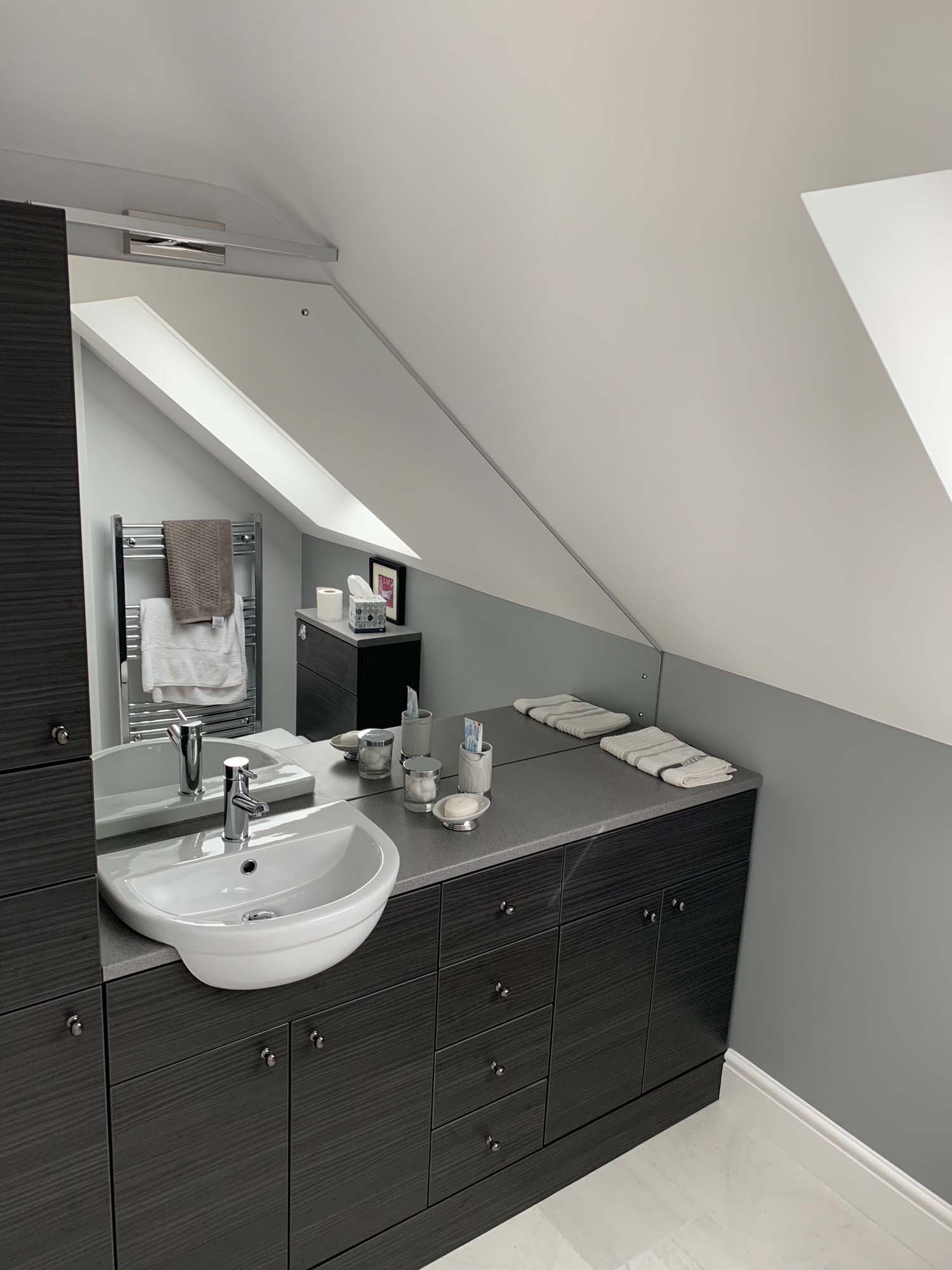
Image supplied by Mainpride Loft Conversions
Standard rather than bespoke
Keeping to standard, off-the-shelf rather than bespoke products can also make a big different to the overall price tag. Think twice before choosing anything for your loft conversion that is high end whether it’s building materials or fixtures and fittings. Track down bargain buys alternatives online and watch out for seasonal sales. Choose sturdy, mid-range products that are functional and lasting. In general, uPVC windows are more affordable than timber or aluminium and can look smart too. However, uPVC is unlikely to be allowed in a conservation area or listed building.
Alternative storage solutions
Storage can be tricky in a loft conversion with sloping rooflines, low eaves and awkward angles. There are plenty of companies offering bespoke, fitted wardrobes but the expense can be enormous, running into thousands of pounds. Ask your builder or a local carpenter if they could fit do a similar job but at a fraction of the price. Alternatively, Ikea has a good range of affordable, freestanding furniture. Or buy second-hand and upcycle items with a fresh coat of paint. Always check you can get any bulky items up the loft stairs.
Architectural technician or architect?
While it is possible to design your own loft conversion, it’s not generally recommended because of the detailed knowledge required to comply with Building Regulations. Some homeowners may not realise a loft conversion requires a landing, fire doors, escape route and integrated smoke alarm, for example.
Botched loft conversions can put the whole structure of your entire house under stress and cost tens of thousands to fix. No-go areas for enthusiastic amateurs include anything structural or involving gas, electricity or plumbing.
For a straightforward loft conversion, you can save money by hiring an architectural technician or building surveyor rather than a fully qualified architect to produce construction drawings and specifications to help secure the necessary approvals.
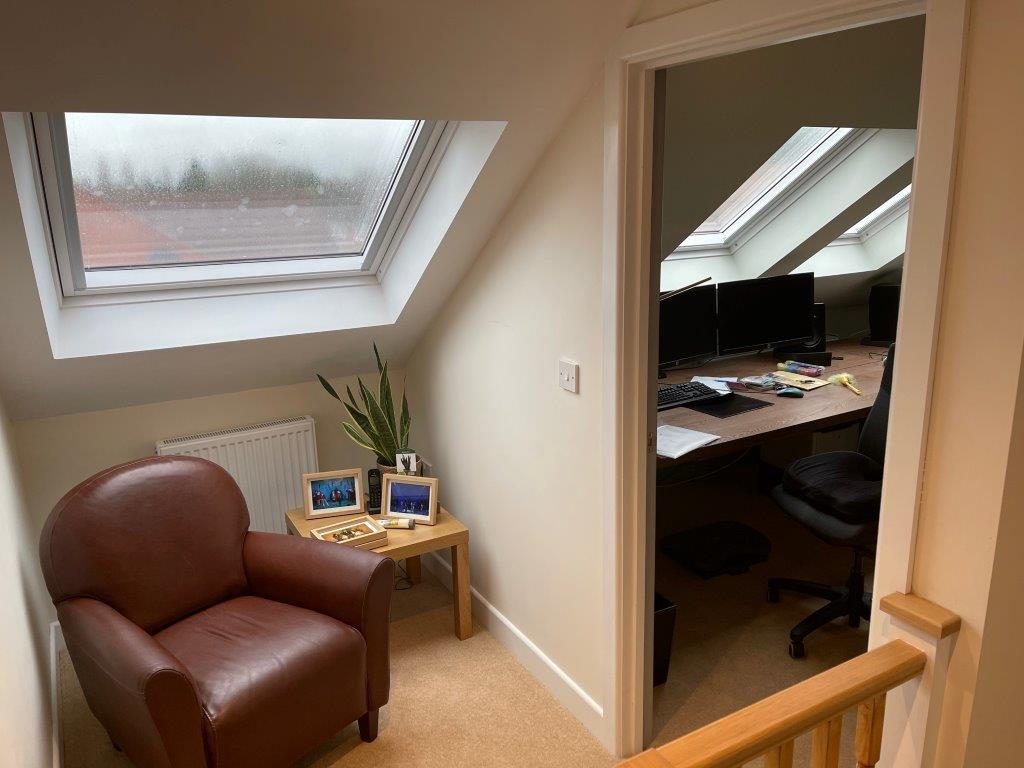
Image supplied by Mainpride Loft Conversions
Loft conversion company or local builder?
Loft conversions are so popular there are companies that specialise in this area. Many provide a comprehensive design and build service while others offer a range of options, so you can choose how much professional help you need.
Another route is to use a reputable local building contractor with experience of loft conversions. Local builders will have access to trade discounts, wholesale suppliers and tradespeople they know and work with regularly, all of which can help cut the cost of your loft conversion. Choose the route that best suits you and your budget.
Be your own project manager
Instead of paying someone else, consider project managing the attic conversion yourself. You will need to know what needs to be done and when as well as find skilled tradespeople, for example a carpenter, electrician, plumber and plasterer. If you mismanage schedules for delivery of building materials or coordinating trades, it could end up costing you more money. But if you are confident at dealing with contractors, budgets and time management, being your own project manager could save a substantial sum.
Get at least three written quotes to compare
Get at least three written, itemised quotes to compare from your shortlist of local builders or loft specialists. Ask them to explain in layman’s language what things mean and why they would use certain products. Remember the lowest quote is not always the best one. Quality of workmanship and materials are important too. Double check exactly what is included. Does the overall price include installation of power points and lighting or scaffolding if required? Hidden extras can come as a nasty shock. You may be able to do some things more cheaply, for example hiring skips to take away rubbish.
DIY decorating
Not everything has to be done by experts. Doing the decorating yourself can make your budget stretch a bit further. If you’re a dab hand with a paintbrush or able to put up wallpaper or tile a bathroom, then being able to carry out the interior finish yourself is another way to cut the cost of your conversion.
On the other hand, if you’re not a confident DIYer, forking out for a decorator could be worth paying extra for a professional finish. Plus, it will save you time and stress.
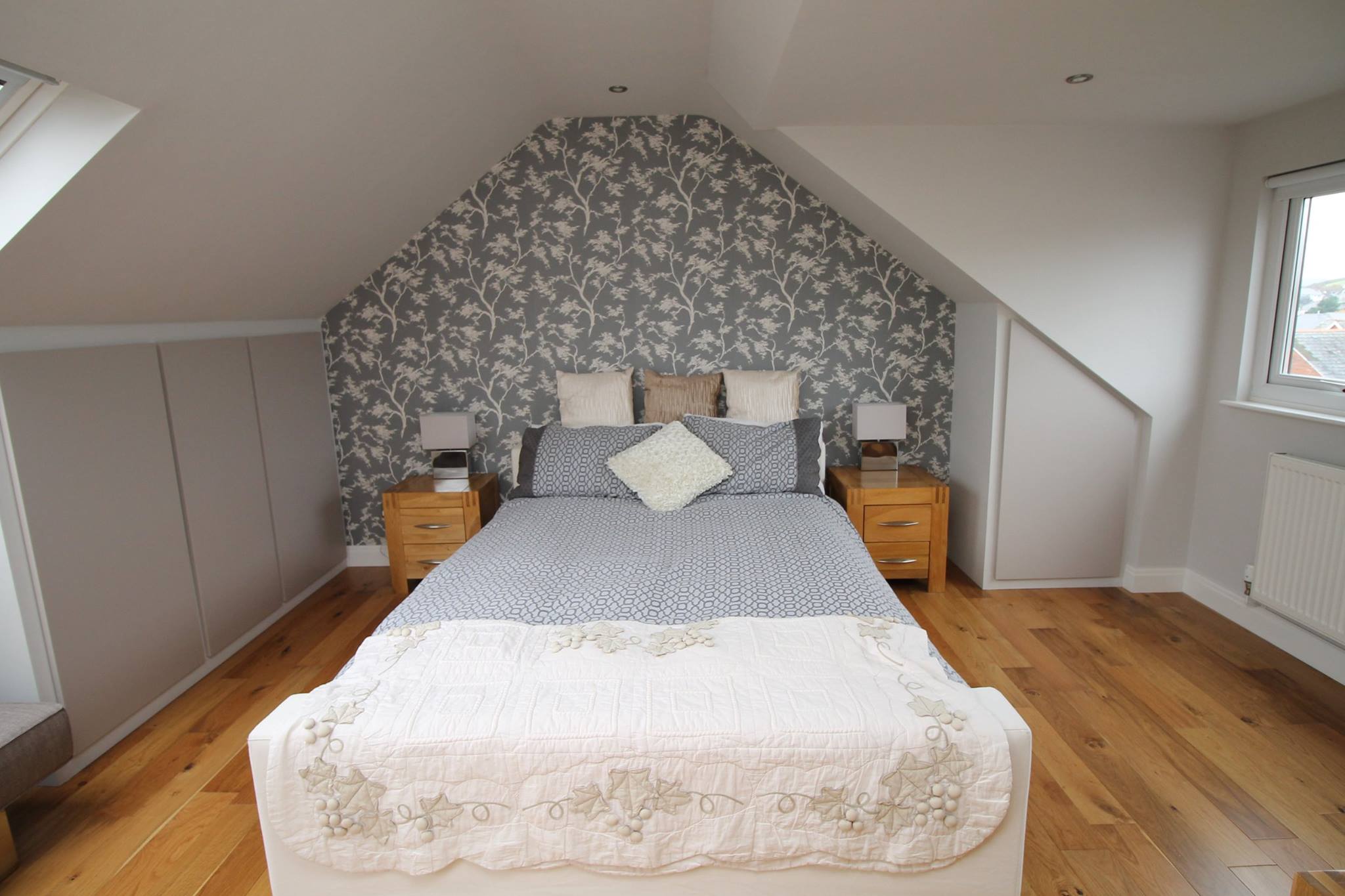 Image supplied by Starlight Loft Conversions
Image supplied by Starlight Loft Conversions
Stick to the plan
Be aware that even small changes to your final plans can significantly increase the cost. So, it’s worth spending time thinking through as much of the build as possible. Imagine yourself in the space and consider its layout, orientation and if you want a roof window or dormer or both. Decide where you will position pieces of furniture, the bathroom and any built-in storage. Once you’ve chosen your final design, try to stick to the plan.
Building a loft extension can add significant value to your house – but a botched job could devalue it. Most people will need to hire qualified builders, structural engineers, architectural technicians and tradespeople to ensure the work is structurally sound and complies with Building Regulations. That said, it’s perfectly possible to keep costs down with carefully considered design choices, savvy buys and early planning.
